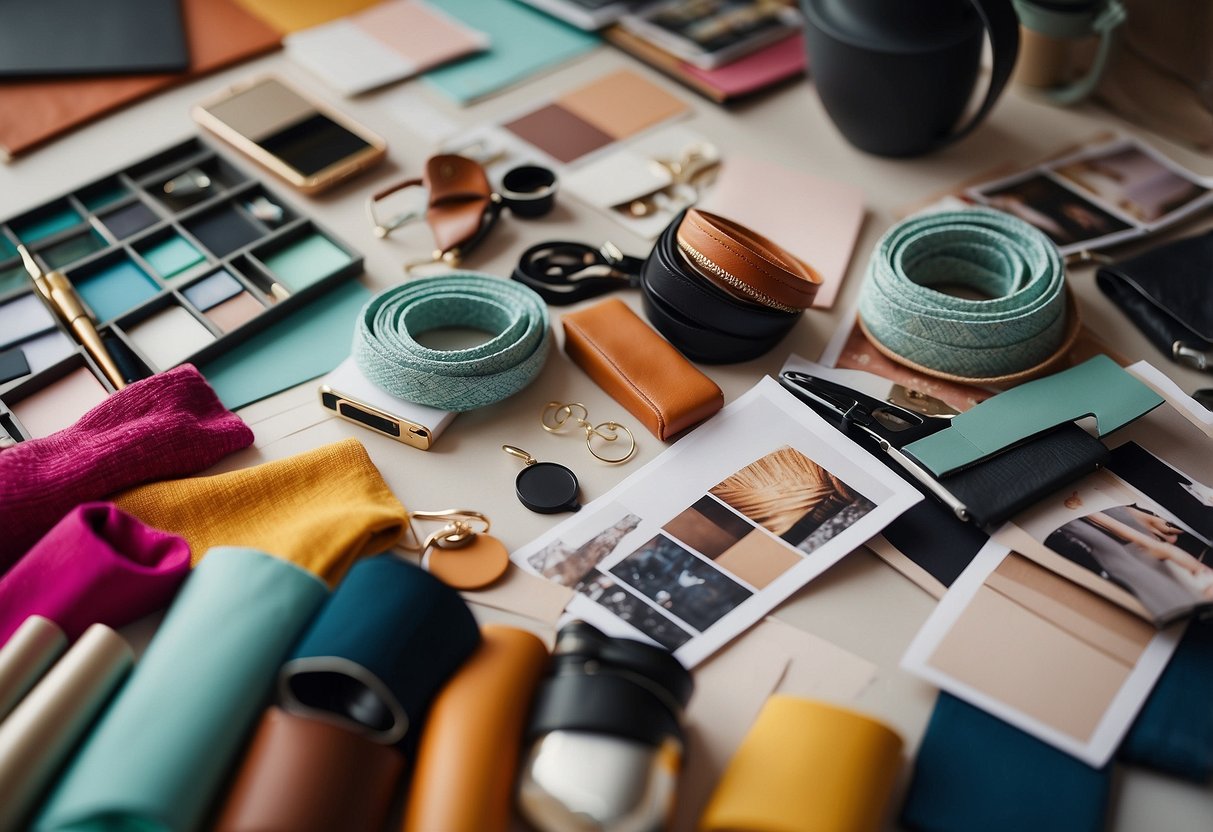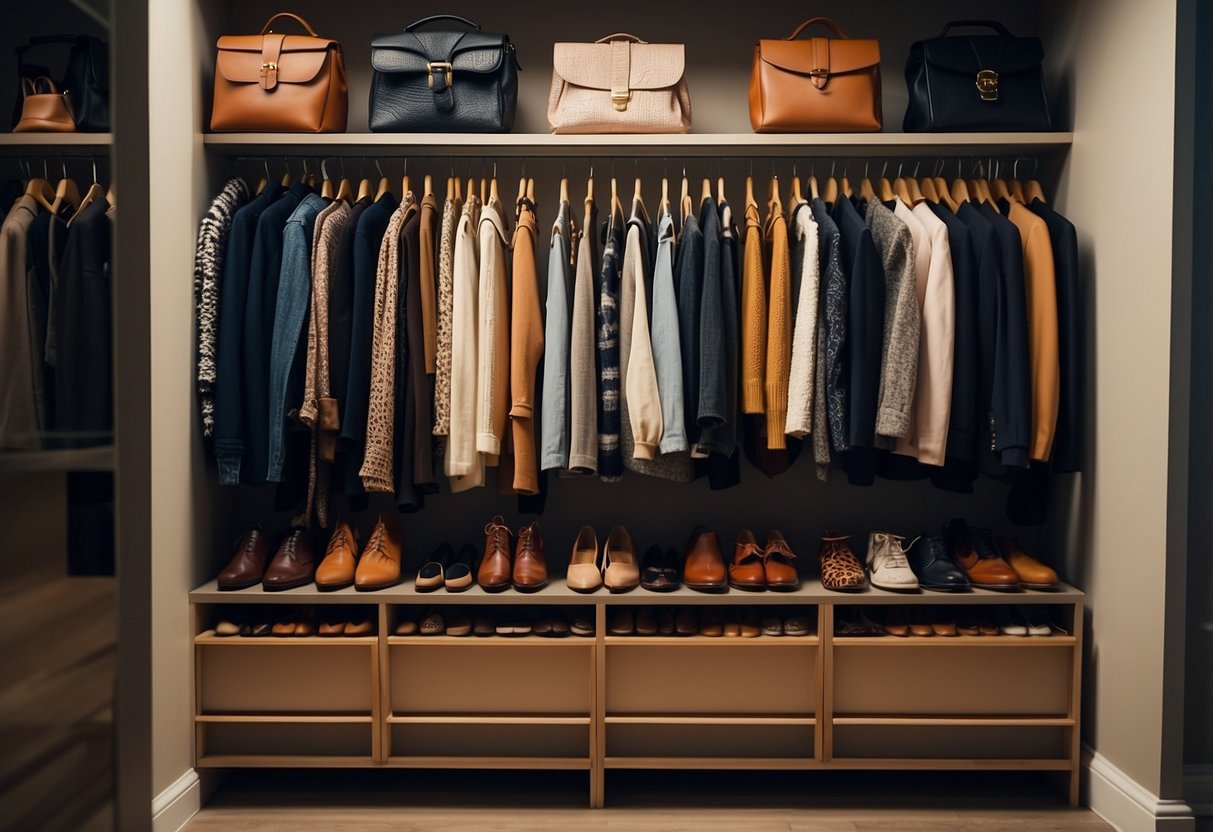
Developing your unique personal style is all about reflecting who you are through your clothing choices. Whether you’re 18 or 80, discovering a style that feels authentic can positively impact your confidence and how others perceive you. This guide will offer clear and practical steps to help you refine your wardrobe and feel great in your own skin.
Personal style evolves with time, influenced by experiences, body changes, and trends. Embracing this evolution is the key to keeping your style fresh and relevant. You’ll learn how to identify your preferences, experiment smartly, and make fashion work for you, no matter your age.
The journey to finding your style is both personal and rewarding. As you explore different looks, remember that the most important aspect is that you feel comfortable and true to yourself. This guide provides valuable insights into curating a wardrobe that stands the test of time while reflecting your individuality.
Understanding Personal Style
Personal style is a reflection of one’s individuality, shaped by various psychological, cultural, and historical factors. It is a continuous evolution influenced by self-perception, experiences, and societal trends.
Defining Personal Style
Personal style is a distinctive manner of expression through clothing, accessories, and grooming. It extends beyond fashion trends, embodying one’s preferences, personality, and lifestyle. Personal style involves choosing pieces that resonate personally and create a cohesive look. It is dynamic and can shift with changing tastes and stages of life, but remains a consistent reflection of individual identity.
The Psychology Behind Personal Style
Psychology plays a critical role in shaping personal style. Choices are influenced by self-esteem, mood, and identity. Clothing can boost confidence and reflect how one feels or wishes to be perceived. Personal style serves as a non-verbal communication tool, conveying messages about values and social standing. Understanding these psychological elements helps in crafting a style that feels authentic and empowering.
Cultural and Historical Influences
Culture and history significantly impact personal style. Cultural background often dictates certain aesthetic preferences and traditional attire. Historical events and eras also leave lasting impressions on fashion norms and personal styles. For instance, the 1920s flapper dress or 1960s mod look can still influence modern wardrobes. Recognizing these influences allows for a deeper appreciation of fashion choices and their origins.
Assessing Your Current Wardrobe

Before building a unique personal style, it’s essential to take stock of your current wardrobe. By evaluating what you already own and identifying what pieces work well or fall short, you can make more informed decisions about what to keep, discard, or acquire.
Evaluating Your Existing Pieces
Begin by going through each item in your wardrobe. Pay attention to the items you wear frequently and those that have been sitting untouched. Consider the condition of each piece. Are there items that are worn out, stained, or otherwise in poor condition? Set those aside.
Next, think about fit and comfort. Do your clothes fit well, or are there items that are too tight or too loose? Comfort is key to feeling confident, so make sure your clothes fit your current body shape.
Take note of the colors, patterns, and styles that dominate your wardrobe. Are they cohesive, or are there pieces that stand out in a way that doesn’t feel right for you? Identifying these aspects will help you understand what you gravitate towards naturally and what might be worth letting go.
Identifying What Works and What Doesn’t
Once you have a clear picture of what you own, it’s time to assess what truly works for you. Think about the pieces that make you feel good and confident. What is it about these items that you like? Is it the color, fit, material, or style? These are clues to your personal style preferences.
Conversely, look at the items that you seldom wear. Ask yourself why they remain unworn. Is it because they no longer fit your lifestyle, or perhaps they don’t match your style preferences? Identifying what doesn’t work can be just as enlightening as knowing what does.
Make a list of the characteristics of both the favored and the neglected pieces. This will serve as a foundation for refining your wardrobe and developing a style that aligns with your preferences and needs.



